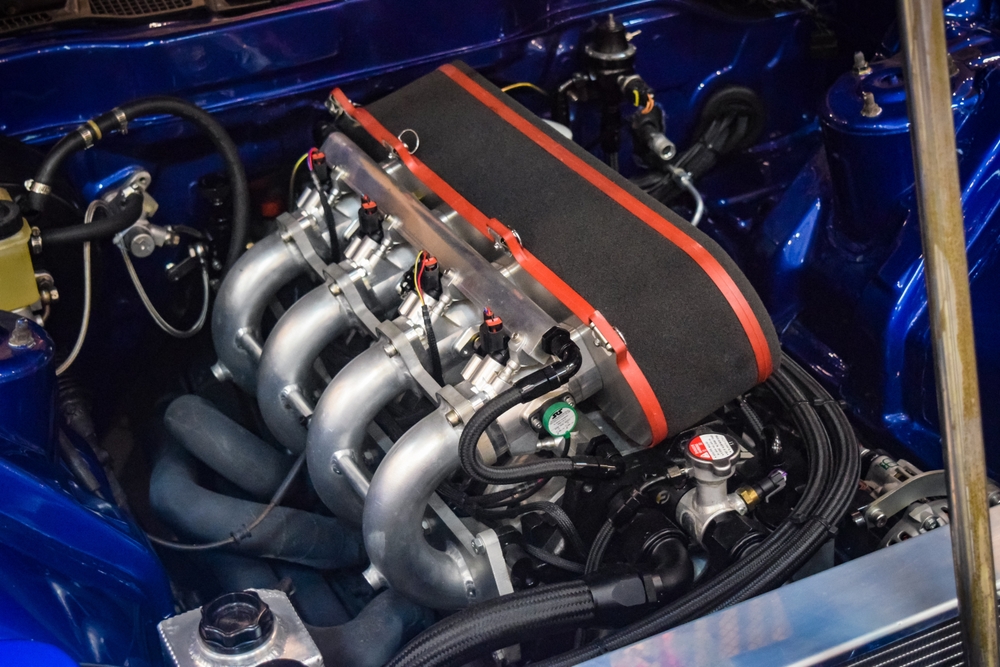Unraveling the Secrets of the Rotary Engine: A Unique Revolution in Automotive Engineering
Whether it's the traditional piston engine or the more modern electric motor, most of us are familiar with the power sources that drive our vehicles. But there's another type of engine that, despite its unique features and high power-to-weight ratio, remains relatively unknown: the rotary engine.

Rotary Engine: A Brief History
The rotary engine, also known as the Wankel engine, was first introduced in the 1920s by German engineer Felix Wankel. The Wankel engine is a type of internal combustion engine that uses an eccentric rotary design to convert pressure into rotating motion, unlike traditional piston engines that use reciprocating motion. The design was revolutionary for its time, promising smoother operation, less vibration, and a higher power-to-weight ratio.
However, the engine’s unconventional design presented several technical challenges that prevented it from gaining widespread use. Early models were plagued by issues of fuel inefficiency, high emissions, and premature wear of engine components. Despite these challenges, the rotary engine found its niche in the automotive world, most notably in Mazda’s RX-series sports cars.
Current Status and Developments
Despite its early challenges, the rotary engine is experiencing a resurgence of interest. A number of factors are contributing to this renewed attention, including advances in materials science and technology that could address some of the engine’s early drawbacks.
For instance, modern metallurgical techniques have led to the development of more durable and heat-resistant materials. These advances could potentially alleviate the issue of premature wear in rotary engines. Meanwhile, advancements in fuel injection technology could help improve fuel efficiency and reduce emissions, two major drawbacks of the original design.
Impact and Wider Implications
The potential resurgence of the rotary engine has significant implications for the automotive industry. If the modern versions of these engines can overcome their initial drawbacks, we could see a new class of high-performance, compact, and smooth-running engines that challenge the dominance of traditional piston engines.
In addition, the unique design of the rotary engine makes it a potential candidate for use in hybrid vehicles. The compact and lightweight nature of the engine could make it an ideal range extender in hybrid systems, providing additional power when needed without significantly increasing vehicle weight.
Challenges and Future Outlook
While the renewed interest in the rotary engine is promising, significant challenges remain. Overcoming the inherent drawbacks of the design, such as high fuel consumption and emissions, requires further research and development. Convincing consumers and manufacturers to adopt a relatively unknown and underutilized engine design will also be a significant hurdle.
Nevertheless, the potential of the rotary engine is undeniable. With continued research and the application of modern technology, this unique engine design may yet have a bright future in the automotive world.
In conclusion, the rotary engine represents a fascinating chapter in automotive history, a unique approach to engine design that offers distinct advantages and challenges. As we look towards the future, the rotary engine serves as a reminder of the limitless potential for innovation in automotive technology.
